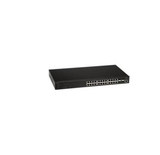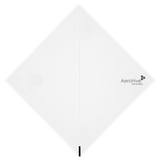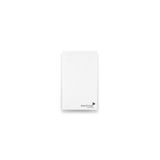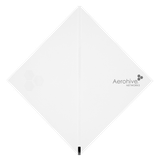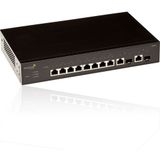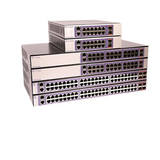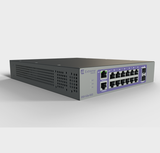SR2324P 24 Port Gigabit Ethernet Switch with POE+ 4 x 10GE SFP+ uplinks 370W POE budget Layer 2 Static routing (with US power cord).
Văn Phòng Công Ty
-
HO CHI MINH Văn Phòng Chính: 134/8 Hoàng Hoa Thám, Phường 12, Quận Tân Bình. HCM
-
HO CHI MINH Kho Quận 7: 14 Đường số 1, Phường Bình Thuận, Quận 7, HCM
-
VĂN PHÒNG HÀ NỘI: 18/521 Nguyễn Trãi.Thanh Xuân Nam.Thanh xuân .Hà nội
Aerohive Overview:
Enterprise cloud-managed access switches provide unified wired and wireless access with centralized management and visibility across the entire network
The SR switches provide energy-efficient gigabit Layer 3-Lite capabilities with flexible PoE options, as well as a wealth of port density options. Critical capabilities, such as zero-touch provisioning, and powerful QoS make these switches a complement to any enterprise network. The SR2208P, a fanless desktop switch offers quick and easy wiring closet extensions, while the SR2224P, an entry level access switch, offers simple wiring closet expansion. The SR2324P and SR2348P provide premium bandwidth and port density access on the edge of the network.
Highlights
- Rich L2 feature set
- Variety of port density options
- Flexible PoE options
- Fast and easy deployment
The Aerohive SR series switches utilize the power of the enterprise cloud to provide unified wired and wireless access with centralized management and visibility across the entire network visibility, and reduces the time and complexity of initial switch deployments, expansions, upgrades and network refreshes.
The SR switches provide energy-efficient gigabit Layer 3-Lite capabilities with flexible Power over Ethernet (PoE) options, as well as a wealth of port density options. Critical capabilities, such as zero-touch provisioning, and powerful QoS make these switches a complement to any enterprise network.
SR2324P High-end cloud-based campus edge switch
SR2324P is a 24 gigabit Ethernet with 4 SFP+-ports Layer 3 Lite switch with full L2, L3 static routing. This energy –efficient switch is an ideal solution for the campus edge where high scalability, manageability, reliability and highbandwidth uplinks are required. Managing, monitoring and upgrading from Aerohive’s centralized, public or private cloud-based, HiveManager network management system enables zero-touch deployments. SR23242P provides flexible use of 24x 802.3af or 12x 802.3at ports or any combination thereof.
Specifications:
| Product Specifications | |
|---|---|
| Switching | |
| Core Switching Features |
|
| Advanced Layer-2 Features |
|
| Security | |
| |
| Optional ACL Rule Attributes |
|
| System Facilities | |
| |
| Management | |
| |
| Advanced Management Features | Industry Standard CLI with the following features:
|
| SNMAP MIBs | |
| Switching MIBs |
|
| Quality of Service MIBs |
|
| Quality Of Service | |
Classify traffic based on same criteria as ACLs and optionally:
| |
| Class of Service (CoS) Queue Mapping Configuration |
|



